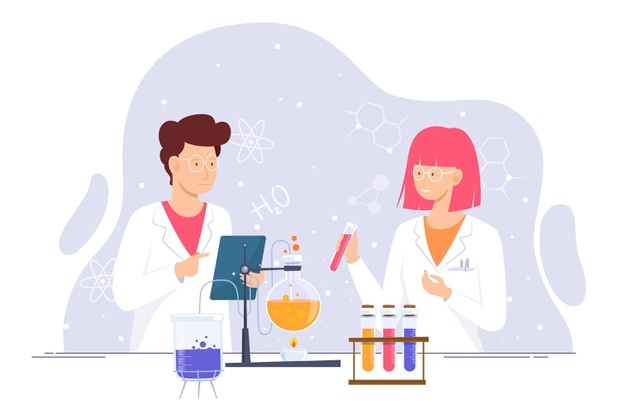AFTER THE process route has been selected, it is both possible and necessary to prepare an equipment list or equipment schedule. The process description, preliminary design calculations and equipment listing are usually performed at the same time as the preliminary mass and energy balances (for obvious reasons). However, for convenience of presentation and discussion the material and energy balances are presented separately here in Chapter 7. The equipment list should be as detailed as possible, but it will obviously not be complete until the detailed equipment designs are available (see Chapter 8).
The reason for preparing a listing at this stage is to provide full documentation for the project and to establish a data base. The equipment list is used in conjunction with the process flow diagram (or P & ID). Each item of equipment on the flowsheet should be assigned a unique reference number, and that number is used to crossreference items in the equipment list. Particular letters may be used to identify similar items of equipment, e.g. reactors as Rxxx, pumps as P001, etc. The equipment list should include all available information that will be useful for the detailed design of the equipment.
This should include the physical size of an item (if known), operating temperature and pressure, wall thickness, height of packing, etc. The original reference sources for all this information must be included. If one major publication was used, then it may be stated in the introduction to the equipment list that all data were obtained from this source unless stated otherwise. Although the majority of this information will be for similar plants, the final design details for the new plant may be very different. However, the equipment list provides a useful reference source at this early stage of the design.
The following information must be included in the equipment list so that the cost of purchasing and installing each piece of equipment can be determined.
(a) Specific type of equipment.
(b) Size and/or capacity.
(c) Material of construction.
(d) Operating pressure.
(e) Maximum operating temperature (if above ambient), or minimum temperature if refrigerated.
(f) Insulation required. (g) Corrosion allowances (if large).
(h) Special features, e.g. jackets on heat exchangers.
(i) Duplication of plant items (for safety and/or reliability). The heat exchangers and pumps cannot be sized until the energy balance for the plant is completed (Chapter 7). The final energy balance depends upon the energy conservation measures to be employed (Section 8.2.1), and the plant layout (Section 5.2). Other equipment should be sized reasonably accurately at this stage.
Many approximate methods of equipment sizing are available, reference can be made to the books by Aerstin and Street (1978); Baasel (1976); or Ulrich (1984) for particular examples (see Appendix L here). References for the sizing and design of particular items of equipment are included in Baasel (1976; pp.133-139).



Comments are closed